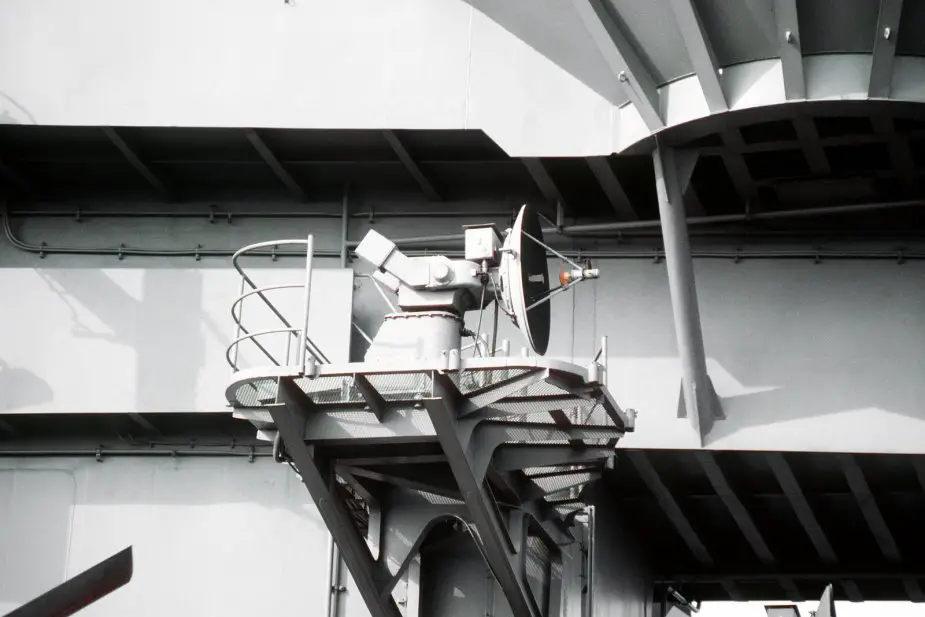Breaking news
BAE Systems wins $68.5 million contract with US Navy for AN/SPN-46(V) system.
According to information published by BAE Systems on October 4, 2021, the company will continue providing lifecycle sustainment, integration, and engineering services to support U.S. aircraft carriers after being selected for a five-year, $68.5 million indefinite-delivery, indefinite-quantity contract.
Follow Navy Recognition on Google News at this link
 AN/SPN-46(V) system on USS Abraham Lincoln (Picture source: Don S. Montgomery)
AN/SPN-46(V) system on USS Abraham Lincoln (Picture source: Don S. Montgomery)
Under the Air Traffic Control and Landing Systems (ATC&LS) Engineering Products & Technical Services (EPTS) contract awarded earlier this year, BAE Systems will leverage decades of program history to develop, produce, equip, test, evaluate, sustain, and update the AN/SPN-46(V) Automatic Carrier Landing System.
Precision approach and landing systems include Textron Systems' SPN 46 (V)1 and (V)2 automatic landing systems for aircraft carriers and amphibious assault ships. Textron's AN/SPN-46 precision approach landing systems are installed on all US Navy aircraft carriers. The AN/SPN-46 provides safe and reliable final approach and landing guidance for Marine Corps helicopters and AV-8B Harrier VSTOL attack aircraft during day/night operations and adverse weather conditions.
The AN/SPN-46 is capable of controlling up to two aircraft simultaneously in a "leapfrog" pattern because of two dual-band radar antennas/transmitters. As each approaching aircraft being assisted by the system lands, another can be "acquired". The AN/SPN-46 provides for a manually controlled approach (MODE III landing) in which the AN/SPN-46 air traffic controller relays to the pilot continuous updates on his position and direction.
The AN/SPN-46 employs low-probability-of-intercept (LPI) technology to decrease the probability of passive detection by hostile forces. The AN/SPN-46 employs an X-band coherent transmitter and receiver utilizing monopulse tracking and doppler processing on received signals for clutter rejection and rain attenuation at an operating range of 8 nmi.




























